Apple's system for creating a digital ID on an iPhone could use iBeacon-like connection to initially authenticate a person, before secure communications between two parties starts.
Apple is in the process of enabling support for digital IDs and driver licenses in iOS 15, along with other secure keys and identification elements. Apple is working with the U.S. Transportation Security Administration to enable support for the digital IDs at airports, potentially allowing an iPhone to be used as an official credential.
However, there's still some questions to be answered about how the system ultimately works, including how a secondary device could authenticate and securely communicate with the iPhone-stored digital ID.
In a patent granted by the U.S. Patent and Trademark Office on Tuesday titled "Identity credential verification techniques, Apple shares some of the techniques it considered for the system.
Apple's examples mainly center around a user device with a virtual driver's license credential stored on it, and secondary hardware attempting to connect and confirm the validity of the credential before performing an action.
In one version, the credential is stored alongside a license plate identifier, with the user's device contacted by a second device, stored in a separate second vehicle and possessing a second license plate identifier. This second plate identifier could be data sourced from an camera built into the second vehicle, for example.
The second device could send a short-range communications request to the first, which will prompt an authentication request on the first device's display. Apple explicitly mentions "iBeacon" as a technology that could facilitate such communications.
The approval could take into account whether the two license plate identifiers match before allowing further communications to take place. Biometrics may also be used to make sure the person approving the request is the person associated with the digital ID.
Once an authentication has been confirmed, this could enable a secure communications link to be established between the devices. In theory, this could be used for inter-vehicle communications while in transit, or potentially as part of a traffic stop by law enforcement, performed without needing to see the physical driving license.
A second version does away with the second vehicle, and instead refers to a generic computing device that wants to check the license. Again, a short-range communications link can be made to the user's device, with a request to authenticate and open a secure connection.
If accepted, the secure communication could involve sending part of the virtual driving license credential to the requesting device, to confirm their identity. There is the possibility that the outbound communications to the secondary device could actually be processed by a third device, or one from a pool of devices, like a group of servers.
This type of implementation may be useful at security checkpoints, such as airports or entryways to secure areas.
The patent lists its inventors as Achim Pantfoerder, Daniel R. Borges, Irene M. Graff, Johan O. Bergerengen, Subash Marri Sridhar, and Thomas Elliott. It was originally filed on September 5, 2018, and was previously seen by AppleInsider as a patent application in October 2019.
Apple files numerous patent applications on a weekly basis, but while the existence of a patent indicates areas of interest for its research and development efforts, it is no guarantee the ideas will appear in a future product or service.
Among earlier patents, the April 2021 "User authentication framework" covered how to "securely perform a user authentication" when asked by an "issuing authority." The system involved the storage of data on a secure element, the use of NFC and RFID for initial connectivity, and the use of biometrics to confirm the user is associated with the stored credential.
Another set of patent applications from July 2020 titled "Providing Verified Claims of User Identity" mentions multiple ways devices could connect to various identity verification systems over a network. These verified claims are then used to serve as a digital identity, which could then be re-used across different service providers.
Given Apple's already-stated aim of incorporating digital IDs into Wallet, and attempts by governments like the European Union to push for digital ID standards, it seems that Apple's ideas on the concept stand a good chance of being implemented.
 Malcolm Owen
Malcolm Owen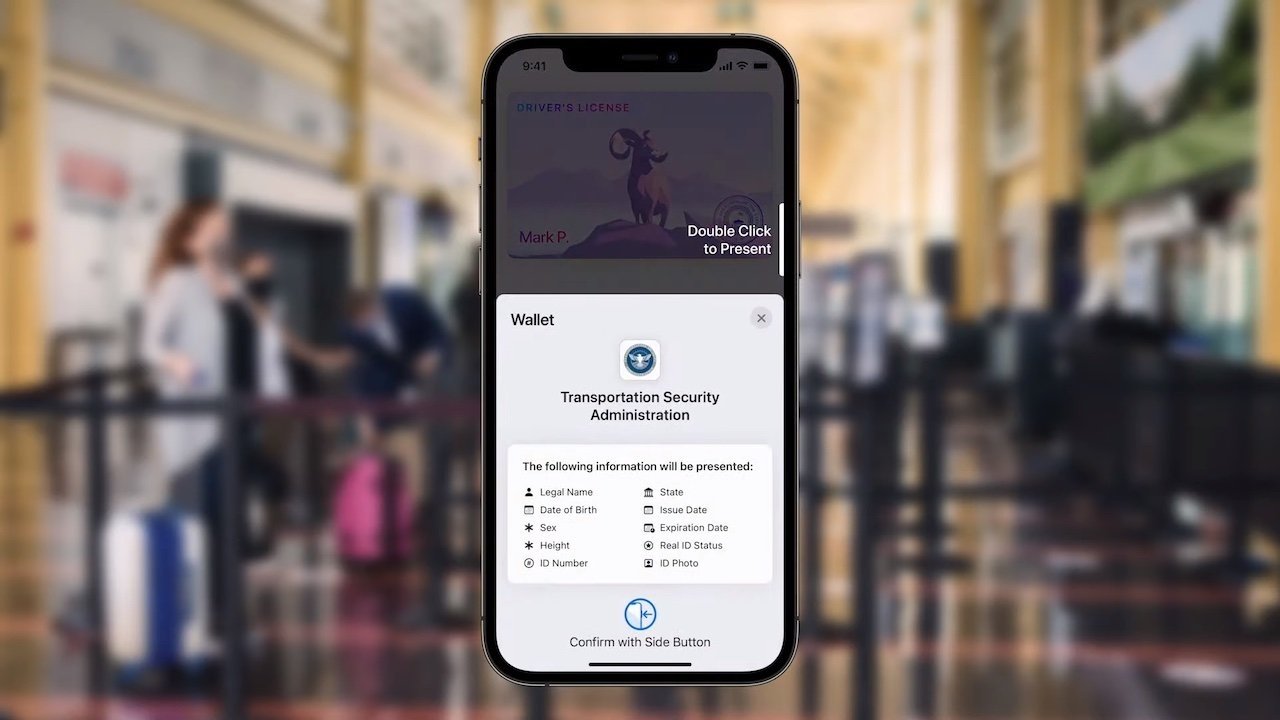
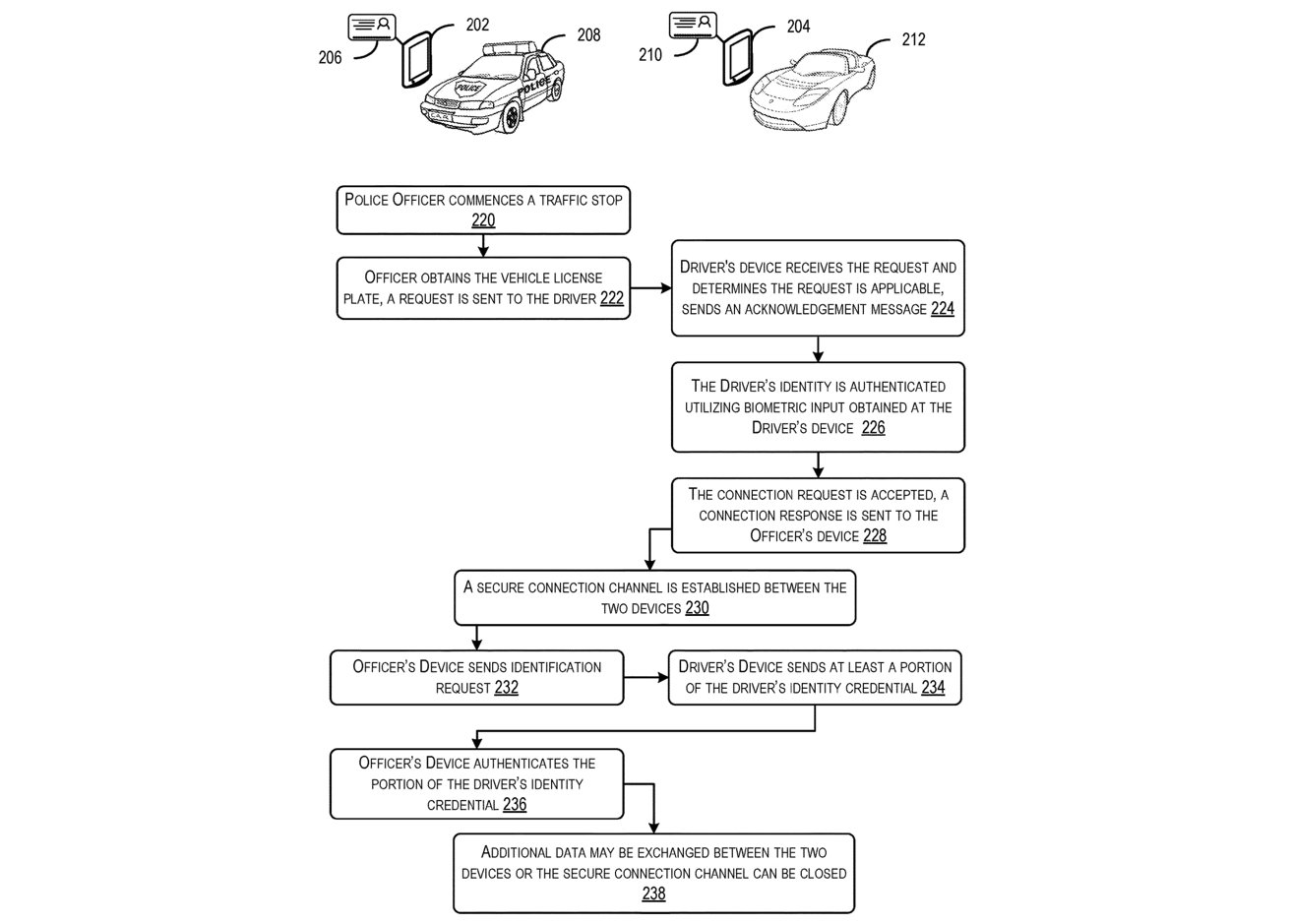


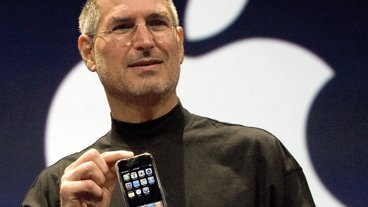

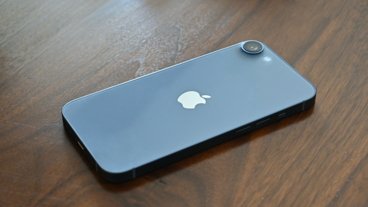
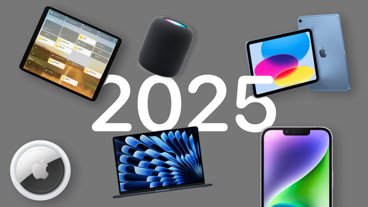
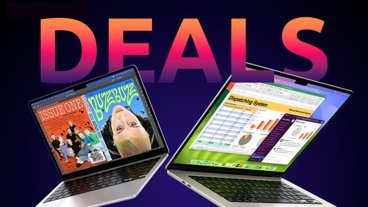
-m.jpg)






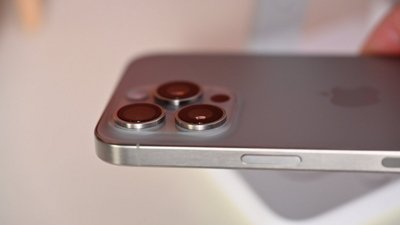


 Wesley Hilliard
Wesley Hilliard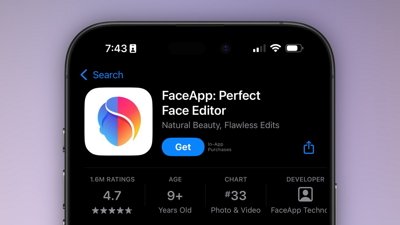

 Marko Zivkovic
Marko Zivkovic
 Christine McKee
Christine McKee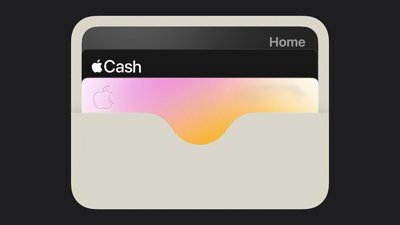
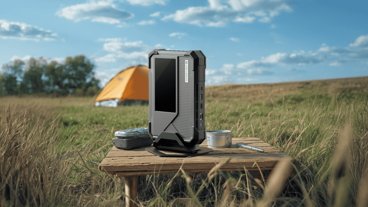
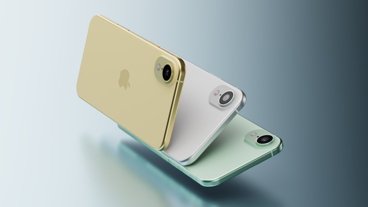







3 Comments
Interesting, but a license plate does not necessarily tie to the licensed driver operating the vehicle. Two examples, spouses and employees.